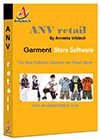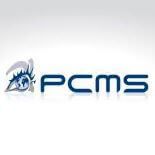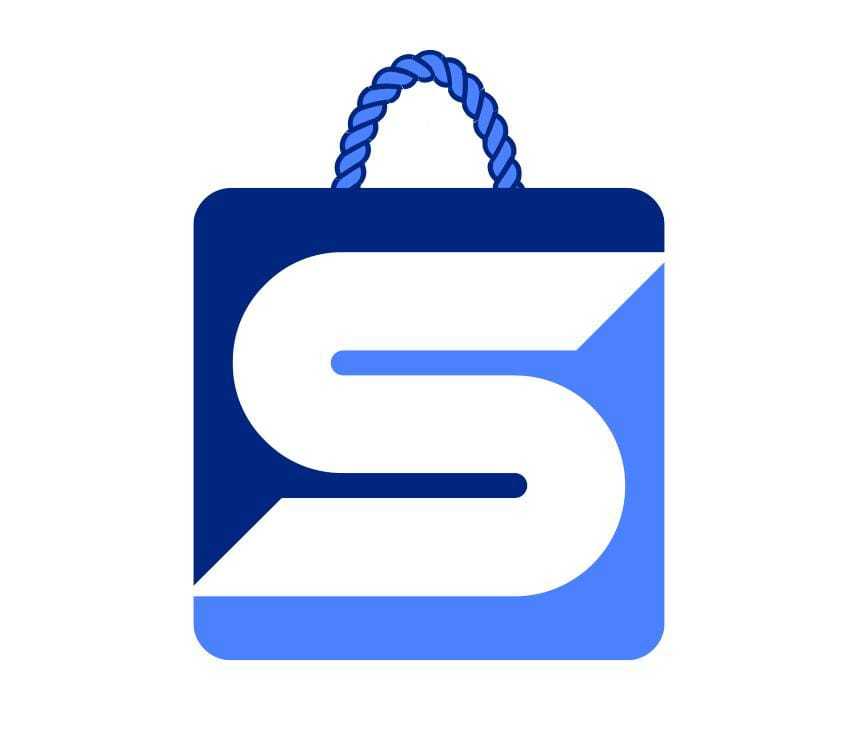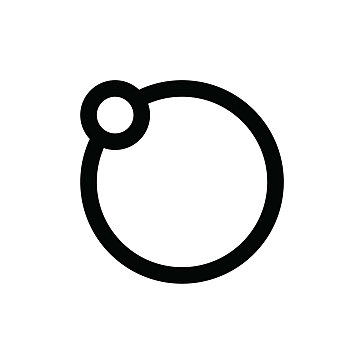Description

Retail Garment Store

StoreForce
Comprehensive Overview: Retail Garment Store vs StoreForce
StoreForce is a retail performance and workforce management software solution specifically tailored for the apparel and fashion retail industry. It is designed to optimize store operations through a combination of scheduling, performance analytics, sales optimization, labor budgeting, and real-time reporting.
a) Primary Functions and Target Markets:
Primary Functions:
-
Workforce Management: StoreForce provides tools for efficient scheduling and labor management, ensuring that the right number of associates are present at the right times to meet customer demand and maximize sales potential.
-
Sales Performance Management: The platform allows for real-time tracking and management of sales performances, helping store managers to drive productivity and improve conversion rates.
-
Retail KPIs and Dashboards: It gives actionable insights through various KPIs, arranges them on customizable dashboards for easy monitoring, and helps in analyzing store performance at multiple levels.
-
Task Management: StoreForce also offers task management tools that streamline the communication and execution of both daily tasks and corporate directives.
-
Compliance and Budgeting: It assists in labor planning and budgeting while ensuring compliance with labor laws and retail industry standards.
-
Customer Engagement and Conversion Optimization: By analyzing traffic patterns and sales conversions, it helps optimize customer service strategies and improve overall store performance.
Target Markets:
The primary target markets for StoreForce are medium to large-sized apparel and fashion retail chains. It is especially beneficial for retailers who have a significant number of sales associates and require complex scheduling and performance tracking solutions. Retail environments such as clothing stores, department stores, and specialty fashion outlets form the core clientele.
b) Market Share and User Base:
While specific figures concerning StoreForce’s market share and user base may not be publicly detailed, the software is well-regarded within the retail industry, particularly in the fashion and apparel sectors. The market share for workforce management solutions in retail is competitive, with other players like Kronos, Reflexis, and WorkForce Software, but StoreForce distinguishes itself by focusing on performance-driven retail.
StoreForce's user base consists primarily of global fashion and apparel retailers along with various regional chains that prioritize store performance optimization and require robust analytics and KPI tracking for effective operations.
c) Key Differentiating Factors:
-
Retail Specificity: Unlike more generic workforce management solutions, StoreForce is crafted specifically for the retail environment, ensuring that all features and functionalities are closely aligned with the unique needs of retailers, especially in the apparel industry.
-
Performance-Driven: StoreForce places a strong emphasis on driving sales performance, offering tools that connect scheduling and labor management efforts directly with sales results and metrics.
-
Flexibility and Integration: With flexible integration capabilities, StoreForce can seamlessly connect with existing ERP and POS systems to ensure data consistency and streamline processes across platforms.
-
Real-Time Insights: The platform provides real-time data and analytics, allowing retail managers to make informed decisions that can immediately impact store performance.
-
User-Friendly Interface: StoreForce offers a user-friendly design that simplifies complex data into easily digestible visuals and reports, which assists managers at all levels in accessing the information they need quickly.
Overall, StoreForce positions itself as a specialized, performance-driven solution within the retail industry, distinguished by its focus on aligning workforce management with sales optimization, offering a competitive edge to apparel retailers looking to maximize their store performance.
Contact Info

Year founded :
Not Available
Not Available
Not Available
Not Available
Not Available

Year founded :
2010
+1 416-642-7438
Not Available
Canada
http://www.linkedin.com/company/storeforcesolutions
Feature Similarity Breakdown: Retail Garment Store, StoreForce
To provide a feature similarity breakdown for Retail Garment Store management systems like StoreForce, let's examine common core features, user interface comparisons, and unique features that might set them apart.
a) Common Core Features
Most retail garment store management systems, including platforms similar to StoreForce, share several core features:
-
Sales and Inventory Management: These systems track sales data and manage inventory levels, ensuring that stock levels are optimized and automatically updated with each transaction.
-
Employee Scheduling and Management: They offer tools for creating employee schedules, managing shift swaps, and tracking employee performance and attendance.
-
Point of Sale (POS) Integration: Integration with POS systems is standard, allowing for real-time sales processing and inventory updates.
-
Reporting and Analytics: Advanced reporting features help in analyzing sales data, employee performance, and customer behavior trends.
-
Customer Relationship Management (CRM): CRM functionalities help manage customer data, track purchase history, and design loyalty programs.
-
Omnichannel Support: These systems often support sales through multiple channels, including in-store and online.
b) User Interface Comparison
When comparing user interfaces of these products, several aspects are typically evaluated:
-
Usability: Both StoreForce and similar systems often emphasize ease of use, with intuitive designs that require minimal training.
-
Design Aesthetics: Modern retail management systems usually feature clean, visually appealing interfaces with organized navigation and dashboards.
-
Mobile Access: Many systems provide mobile-friendly interfaces or dedicated apps to allow managers and employees to access essential functions on the go.
-
Customization: The UIs of these platforms often provide customizable dashboards and reports, enabling users to tailor the interface to their needs.
c) Unique Features
Retail garment store management systems might have unique features that set them apart:
-
StoreForce: Could have unique employee performance and productivity tools that use data analytics to optimize labor scheduling and forecast staffing needs based on sales trends. They might also offer specialized features for dynamic task management in-store operations.
-
Other Systems: Some might focus heavily on customer engagement, offering more sophisticated CRM integrations or advanced marketing tools, including personalized promotions and targeted communications.
-
Integration Ecosystem: StoreForce might offer a robust integration ecosystem with other retail technologies, while competitors might have unique partnerships or proprietary integrations.
-
Industry-Specific Tools: Depending on the vendor, one system might emphasize tools tailored for high-end fashion retailers, while another might cater to fast fashion with rapid inventory turnover features.
In summary, while systems like StoreForce share many core features pertinent to retail garment management, differences in user interface design, customization capabilities, and unique tools or integrations could influence a retailer's choice. Detailed evaluations and trials may be needed to discern the best fit depending on specific business needs and priorities.
Features

Inventory Management
Customer Relationship Management
Employee Management
Point of Sale
Sales and Reporting

Scheduling and Labor Optimization
Task Management
Performance Management
Best Fit Use Cases: Retail Garment Store, StoreForce
Retail Garment Store and StoreForce are solutions designed to address specific needs within the retail and fashion sectors. Here's an overview of the best use cases for each:
Retail Garment Store
a) Best Choice for Types of Businesses or Projects:
-
Small to Medium-sized Fashion Retailers: Retail Garment Store is ideal for smaller fashion boutiques or independent clothing brands looking for a cost-effective solution to manage their store operations. This could include point of sale, inventory management, and customer relationship management functionalities tailored for the garment industry.
-
Pop-up Shops and Startups: New retail ventures or pop-up shops can benefit from a simple, scalable solution that offers essential retail management features without overwhelming complexity.
-
Boutiques and Specialty Stores: Stores focusing on niche markets or specialty garments, such as luxury, bridal, or custom apparel, may find the specific garment-focused tools beneficial for managing specialized inventory and customer needs.
b) Preferred Scenarios:
-
Cost-Conscious Retailers: Businesses seeking a budget-friendly solution that provides essential retail functionalities with a focus on the garment industry would prefer Retail Garment Store.
-
Fashion-specific Requirements: Retailers needing features that handle garment-specific challenges, like size, color management, or seasonality, would find this solution more tailored to their needs.
StoreForce
b) Preferred Scenarios:
-
Workforce Management for Upscale Retailers: StoreForce is particularly strong in providing workforce management solutions, making it ideal for upscale and large retail chains that need efficient employee scheduling, performance management, and labor optimization.
-
Operational Efficiency and Performance Tracking: Scenarios where a retailer wants to streamline operations through analytics and performance metrics that improve staff performance and drive sales would benefit from StoreForce.
-
Sales Incentive Programs: Retailers implementing complex sales commission or incentive programs would find StoreForce's capabilities to manage and track sales performance particularly advantageous.
d) Catering to Different Industry Verticals or Company Sizes:
-
Retail Garment Store is more suited to smaller to medium-sized companies, particularly in the fashion and apparel sector, that require a focused solution on garment retailing. It caters to companies that want the basics done right without needing enterprise-level complexity.
-
StoreForce suits medium to large retailers across various verticals, not just limited to garments but also applicable to sectors like electronics, beauty, or departmental stores. It supports businesses looking for robust workforce management and analytics capabilities, often with multi-store operations and a need for detailed performance insights.
Each of these solutions addresses distinct needs based on business size, industry vertical, and specific operational challenges. Retailers will choose based on their strategic priorities, whether it's focusing on fashion-specific challenges, workforce management, or operational efficiency.
Pricing

Pricing Not Available

Pricing Not Available
Metrics History
Metrics History
Comparing teamSize across companies
Conclusion & Final Verdict: Retail Garment Store vs StoreForce
To conclude the evaluation of Retail Garment Store and StoreForce, let's address each query comprehensively:
a) Best Overall Value: Determining which product offers the best overall value depends on multiple factors including cost, functionality, ease of use, and scalability. If maximizing return on investment (ROI) is a priority, StoreForce may offer an edge with its specialized features tailored for workforce management and operational efficiency in retail environments. Conversely, if a broader focus on retail operations including inventory, sales, and customer engagement is necessary, the Retail Garment Store software might provide greater holistic value.
b) Pros and Cons:
- Retail Garment Store:
Pros:
- Comprehensive suite covering inventory management, sales tracking, and customer management.
- Often tailored with specific features for fashion retail, such as size and color variants, and trends analysis.
- Enhanced tools for merchandising and visual management.
- May require more customization to align with specific business processes.
- Potentially higher initial setup costs depending on the features selected.
- Steeper learning curve if the system is very feature-rich.
- StoreForce:
Pros:
- Strong capabilities in workforce management, including scheduling, time tracking, and task management.
- User-friendly interfaces designed specifically for retail staff and managers.
- Can lead to improved productivity and labor cost optimization.
- Primarily focuses on workforce management aspects, might need integration with other systems for full retail operations.
- May lack some specific merchandising features that are present in more comprehensive retail software.
- For retailers with smaller workforce management needs, it might be more than necessary.
c) Recommendations:
-
For users choosing between Retail Garment Store and StoreForce, start by thoroughly assessing your current operational needs and strategic goals.
-
If your primary requirement is optimizing employee management and boosting in-store operational efficiency, StoreForce is likely the better fit.
-
On the other hand, if you need a complete solution for managing inventory, sales, and customer relations alongside operational aspects, consider the Retail Garment Store software.
-
For those leaning toward a hybrid approach, evaluate the integration capabilities of both products with existing systems; ensuring seamless operation across different management areas is crucial.
-
Lastly, consider future growth or scaling needs; selecting a system that can adapt to grow with your business is beneficial in the long term. Conduct trials or seek demos to understand the usability and customization potential before making a final decision.
In summary, both Retail Garment Store and StoreForce offer distinct advantages depending on the specific needs of the retail business. Carefully aligning these offerings with business priorities will yield the best value and operational efficiency.
Add to compare
Add similar companies




